

c - Aglaonema Snowflake
Green plants are gorgeous, but sometimes, we crave brighter colors and bold patterns. The aglaonema plant, also known as Chinese evergreen, offers both. This compact, easy-to-grow houseplant is loved for its vibrant coloring and patterns. So, if your space is in need of a little splash of color, aglaonema is the plant for you. Lush and full of color, tropical aglaonema not only cleanses the air, but it looks stunningly beautiful in your garden or living space. Learn to care for aglaonemas in this guide.
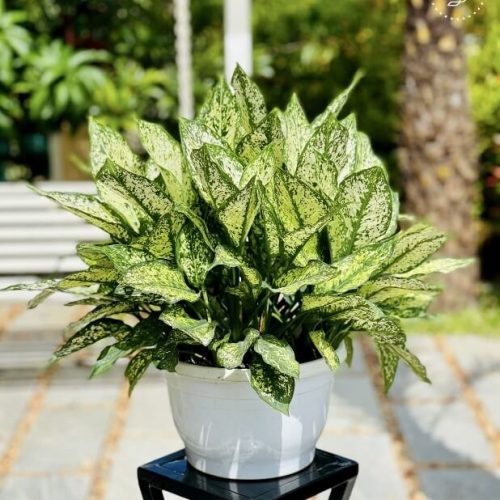

Light & Temperature
The most common advice for the Aglaonema Snow White Plant is the darker the leaves and stalks, the less light is needed. It would be safe to keep it in a bright room with the plant sitting in a shaded spot. Avoid direct sunlight; the darker green varieties of aglaonema can grow in near shade, while the variegated varieties require brighter light. Do not expose any variety of aglaonema to direct sun. These plants do not like cold drafts or temperatures below 15 degrees Celsius, lower than that is not healthy for this plant and can cause dark patches on the leaves. Be sure to keep it away from draft windows or vents and the warmer the spot you can find, the better. Temperatures between 18 degrees Celsius to 27 degrees Celsius are ideal.
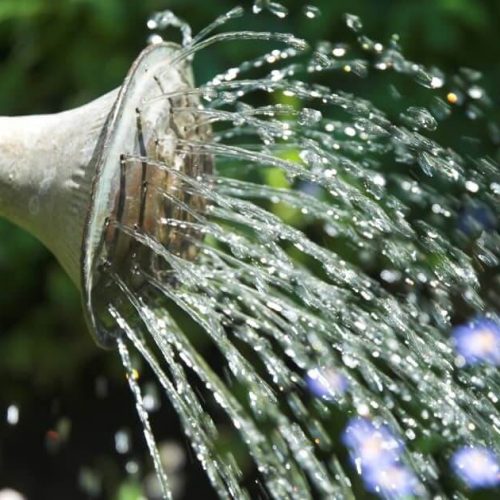

Watering
Aglaonema Snow White Plant thrives best in moist but not water-logged soil. To achieve this balance, water your plant thoroughly, then allow it to dry out before watering again. You can maintain this cadence through the spring, summer, and fall, tapering off in the winter (but never letting the plant dry out completely).


Fertilization
Ultimately, the Chinese evergreen isn't particularly picky when it comes to the soil it's planted in. Typically, a well-drained, slightly acidic potting soil is perfect for the plant. If you find that your chosen soil is retaining too much water, try mixing in sand or perlite to aid in drainage. You should also make sure to plant your Chinese evergreen in a pot with ample drainage holes at its base. Feed your Aglaonema Snow White Plant with slow-release pellets or liquid fertilizer during the growing season. From spring until the end of summer they like to be fed with a diluted liquid fertilizer.
Humidity
Due to its high humidity requirements, some growers consider Aglaonemas to be a greenhouse plant. It will do best in the warm, humid, and bright environment of a greenhouse, but it can be successfully grown indoors by coming as close as possible to these conditions. To increase the humidity levels around your plant, mist it frequently, and consider placing it in a humidity-prone area of your home, like your kitchen or bathroom. If your home is particularly dry, you can invest in a small space humidifier to put near your plant.




Repotting Aglaonema Snow White Plant
Chinese evergreens don’t mind being a little rootbound, but once your plant becomes too crowded with roots poking out of the drainage holes, that means it’s time to transplant. This is best done during the spring or summer when the plant is actively growing. Choose a pot that’s 3 to 4 inches wider than the current container and line it with fresh soil. Gently loosen your plant around the edges with your hand or a slim garden trowel and wiggle it free from the container. Place it in the new pot, top with fresh soil, and give it a nice drink of water.
Plant Care Tips
- Mealybugs or scale may hide under stems and leaves. To remove the pests, use a spray bottle of water or wipe the insects off gently with a bit of rubbing alcohol on a paper towel or cotton swab. Repeated applications will be necessary to remove the pests’ offspring. If the plant is too heavily infested, it may be better to take a clean cutting from it and start anew.
- Root rot is caused by excessive moisture in the soil. Let the soil dry out between waterings.
- Plant drooping are signs of a thirsty plant in need of more frequent or deeper waterings. Dry and parched soil causes the plant to lose its natural stiffness and droop.
- All-over yellowing & squishy leaves indicates that the plant is getting too much water. Take it easy on the water level and let the soil dry out more in between.
- Dry Leaf Tip indicates that there’s a growing problem with your aglaonema. This is called “tipping,” and it can be a symptom of a few issues, including overwatering and too much fertilizer. Professional gardeners have determined that the most common cause of tipping is watering your plant with water that has a high concentration of salts, chlorine, and fluoride. If your plant is showing signs of tipping, switch to purified water.


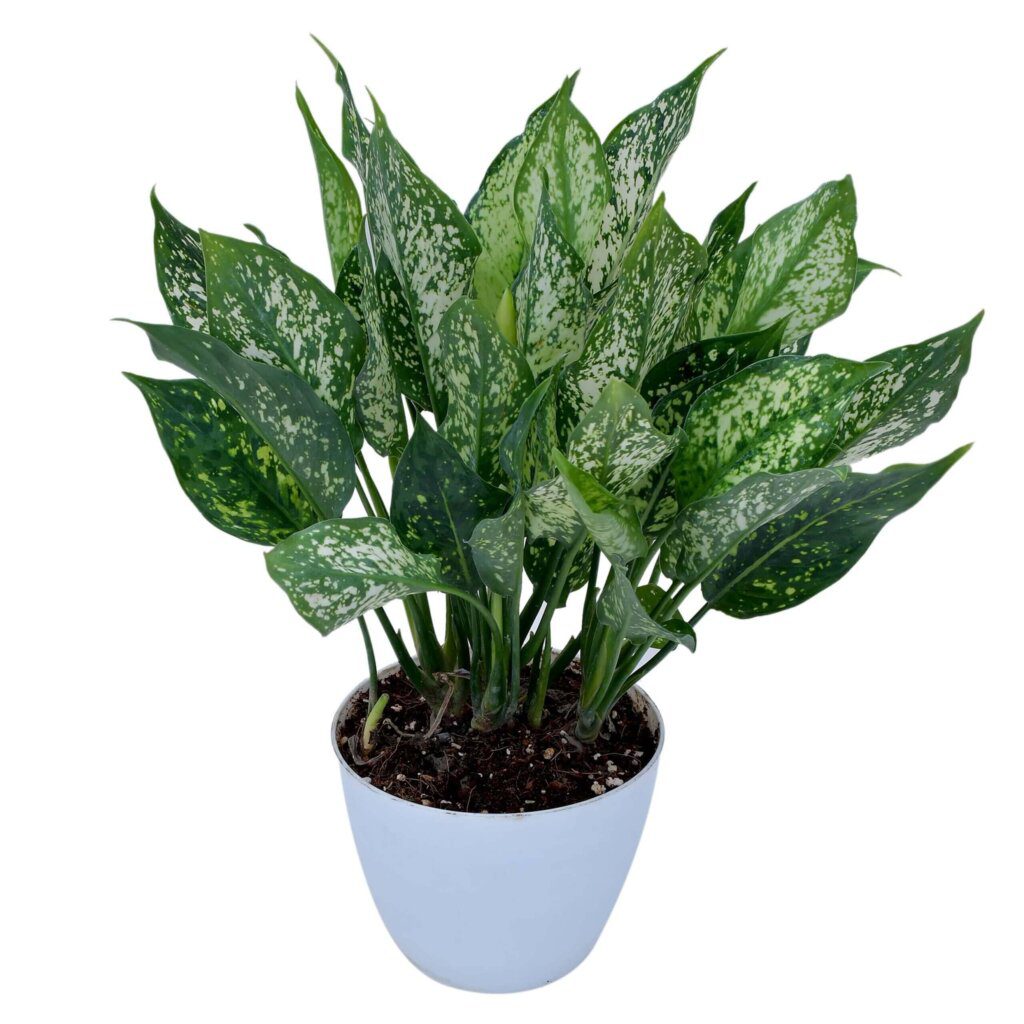

Our Favourable Aspects
- Potting Mixture: It’s a mixture of appropriate amounts of soil, cocopeat & organic vermicompost. Provides best environment to the plant’s roots. It also contains slow-release Fertilizer which gives nutrients to the plants every time it is watered for 6 months.
- Packaging: Plant is secured in a good quality cardboard packaging. Inner Box holds the potted plant in place so that any movement during transit does not affect the plant. Outer box has slits which allow the plant to breathe freely during transit.




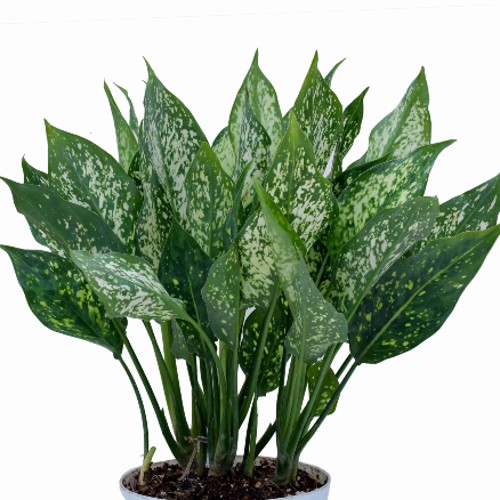
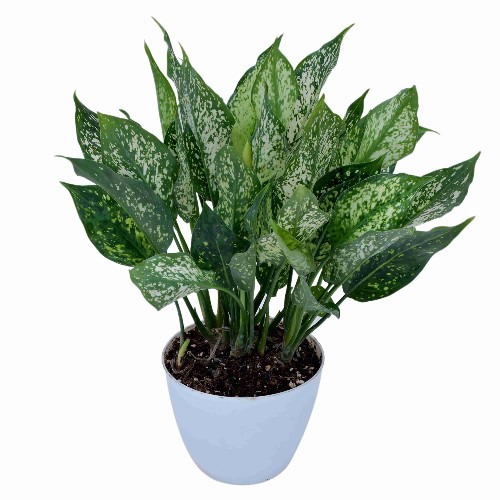

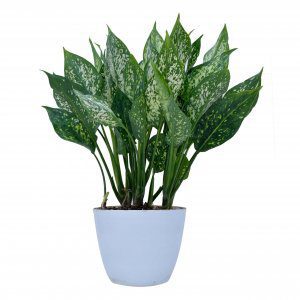
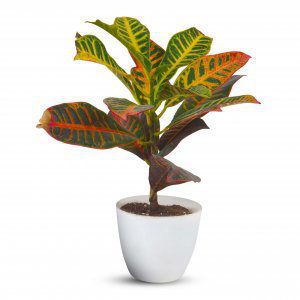
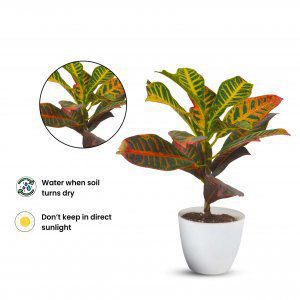

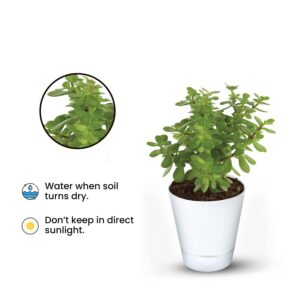


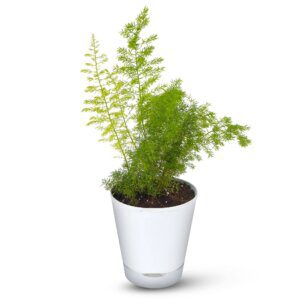

Reviews
There are no reviews yet.